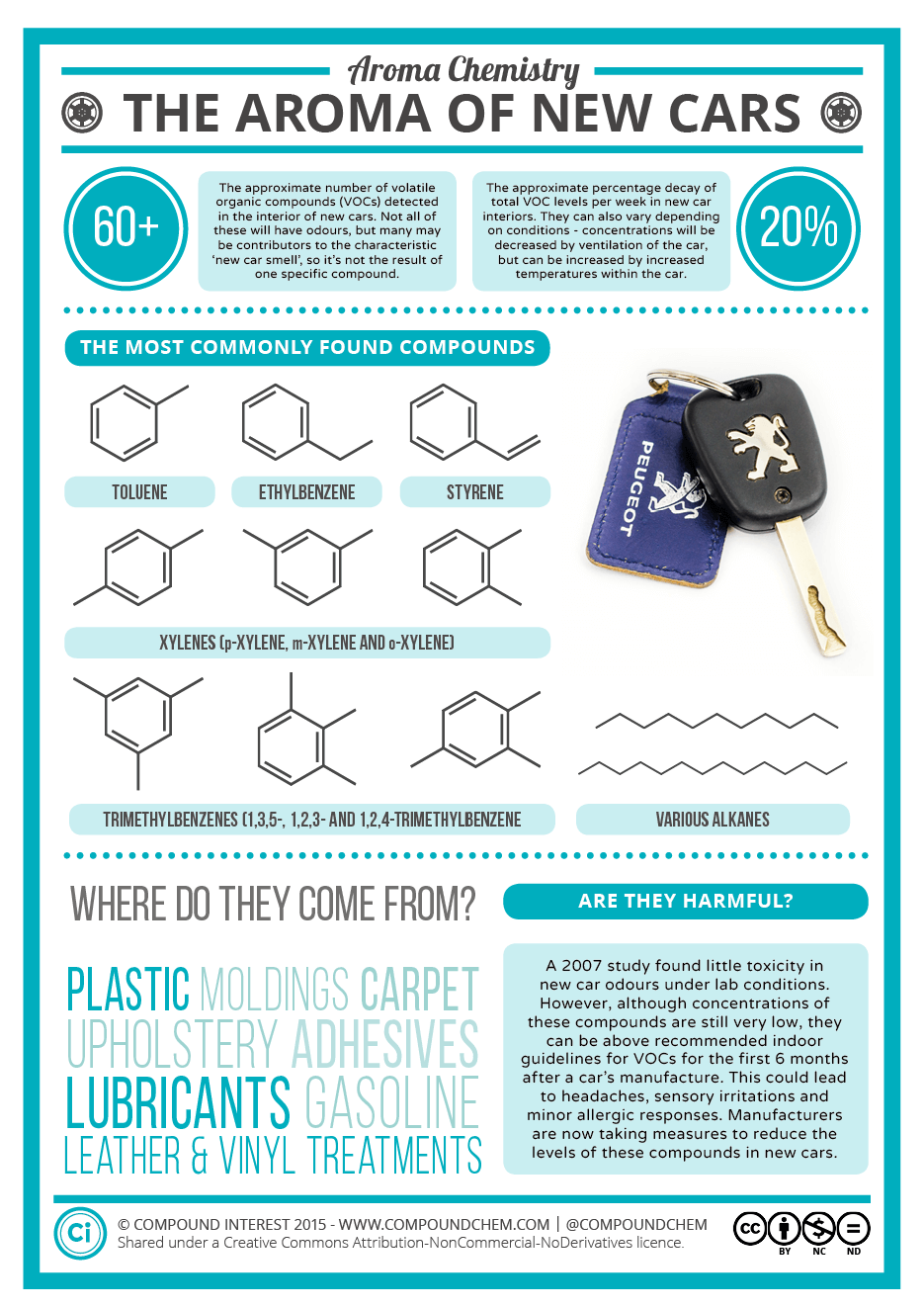

Looks nice! I sent a link to the gf who’s on iPhone. She’s always complaining about ads, and I never know what’s out there for her as I’m on android. I installed it too so I can give it a look.
After not looking at Reddit’s front page in a year, it’s a bit of a shock seeing an unfiltered feed! 😮


Goodbye 9anime. We’ve had a lot of great times together.
I await the coming of 10anime.
This year feels especially brutal for media liberation. 😮💨